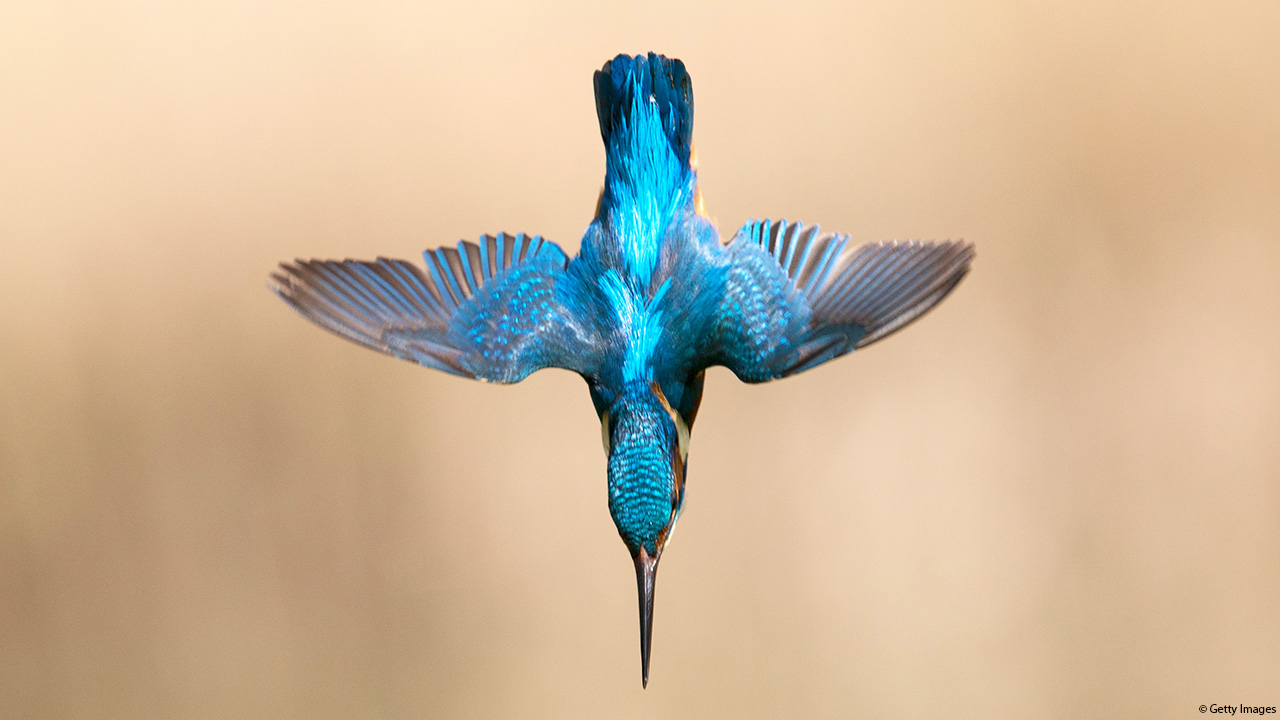By learning from and emulating nature’s solutions, biomimicry can help solve complex human problems
Planet Earth has been home to life for around 3.8 billion years. During this time, nature has evolved a huge variety of highly effective solutions to all manner of challenges. The growing field of biomimicry looks to nature for inspiration in building solutions to the challenges we now face as humans, from birds influencing more efficient forms of locomotion, to microorganisms protecting ships. In this interview, Seth GaleWyrick, engineering and design expert at the consultancy Biomimicry 3.8, explains more about nature’s ingenious designs and reveals why biomimicry’s influence is only just beginning.
Biomimicry has the potential to shape the entire future of our world
Why might nature’s solutions be more superior to ours?
Nature has been doing it a lot longer than we have – and in nature, what doesn’t work becomes extinct. Humans have always looked to nature for inspiration, but after the industrial revolution, we began to lose sight of that. Over the last 20 to 50 years, as technology and biological understanding have improved, we’ve begun to come back to it. And we’re seeing that nature often has much better solutions than what we’ve come up with. There was a huge breakthrough in LED lighting in the early 2000s, for example, that greatly improved its performance. It later transpired that the same photonic structure that made this possible has been on the surface of a moth’s eye for millions of years.
Can you give some other examples of biomimicry in action?
There are a couple of particularly well-known ones, like Velcro, which comes from the tiny hooks on burr fruits, while the Japanese bullet train was inspired by a kingfisher. Apart from that, there are some interesting cases in the marine and energy sectors. Humpback whales have tubercles on their flippers that enable them to execute very tight turns when feeding by increasing lift and preventing stalling. It’s been found that applying the same principle to wind turbines can improve their efficiency.
Biofouling is another one – the build-up of microorganisms and algae on underwater surfaces. This can damage ship hulls and propulsion systems and increase drag quite significantly. There are various answers to this in nature that have inspired recent research into industrial-scale solutions: shark skin has an anti-fouling mechanism, as do pitcher plants.

The Kingfisher: inspiration for the Japanese bullet train
As a sector, biomimicry is still young. How do you see it developing over the next few years? Can we expect any major developments?
Our ability to understand and emulate what we see in nature is growing all the time. Recent technological breakthroughs like additive layer manufacturing and self-assembly will enable us to do things that we couldn’t before. We’re also starting to expand our focus from specific individual solutions to larger ecosystems and circular economies, which is particularly relevant for built environments.
How big is the potential of biomimicry to improve how we live?
I don’t think there’s a big enough superlative. It has the potential to shape the entire future of our world for the better. And it couldn’t be more timely.
Explore more topics
MAN Energy Solutions is now Everllence.
We have adopted a new brand name and moved to a new domain: www.everllence.com. This page will also be relocated there shortly. We are working on shifting all pages to www.everllence.com.
